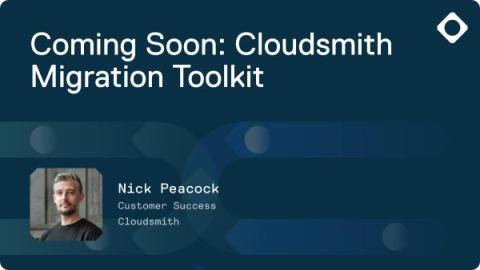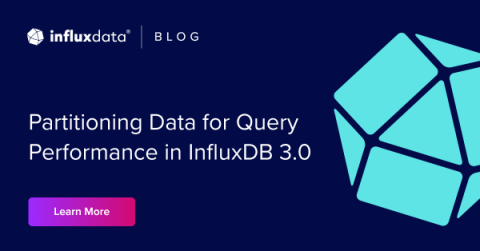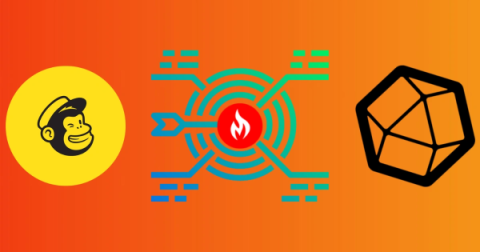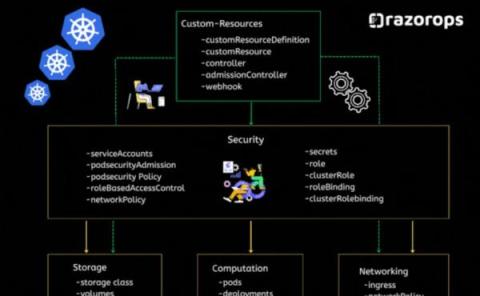Coming Soon: Cloudsmith Migration Toolkit
One of our core motivations in building Cloudsmith is to make software developers' lives easier. We want Cloudsmith to be one of those great products that feels intuitive and automates everything. As we’re picking up more and larger customers, we’re seeing an increased need for migration tools. We want to make it as easy as possible for teams who are stuck using JFrog Artifactory, or Sonatype Nexus, or other legacy tools to move over to the joy of SaaS artifact management using Cloudsmith.










